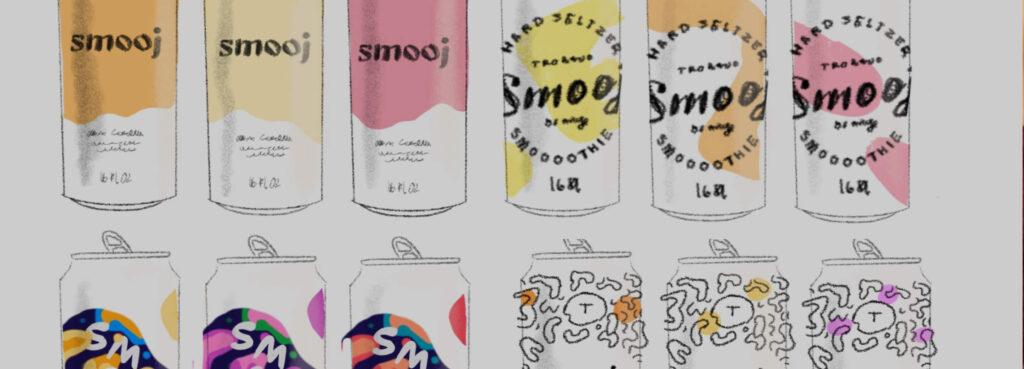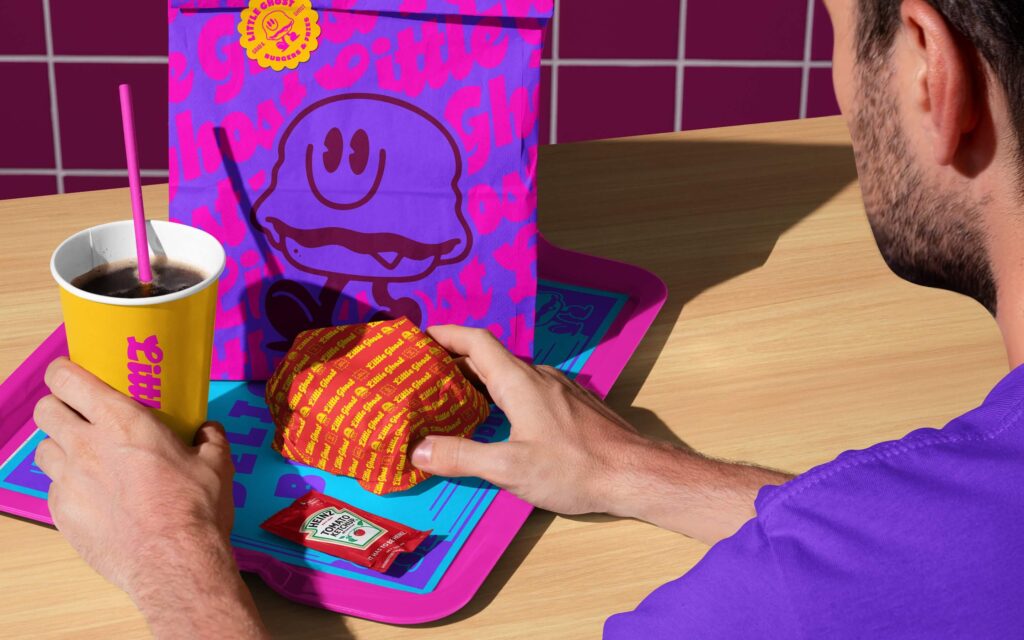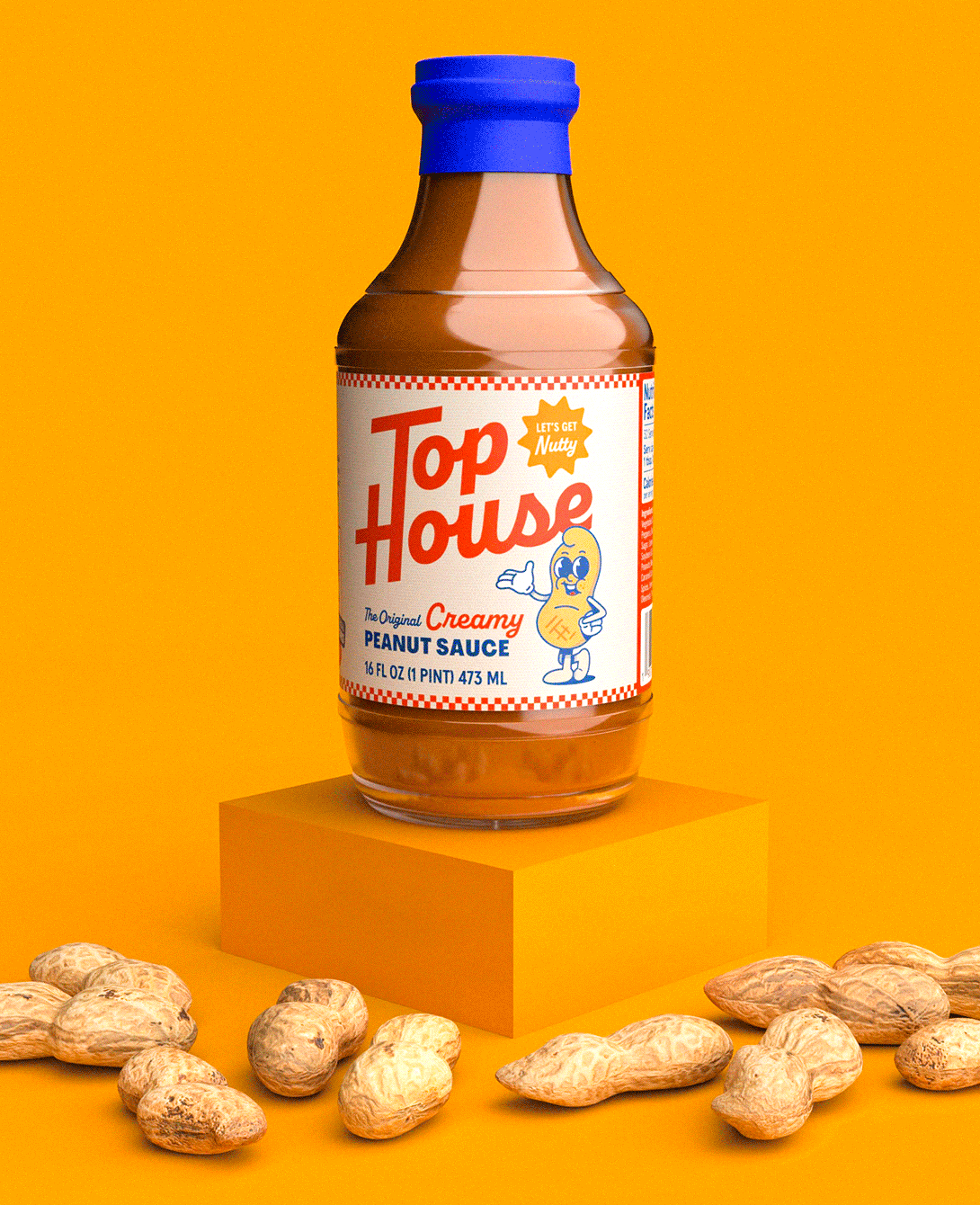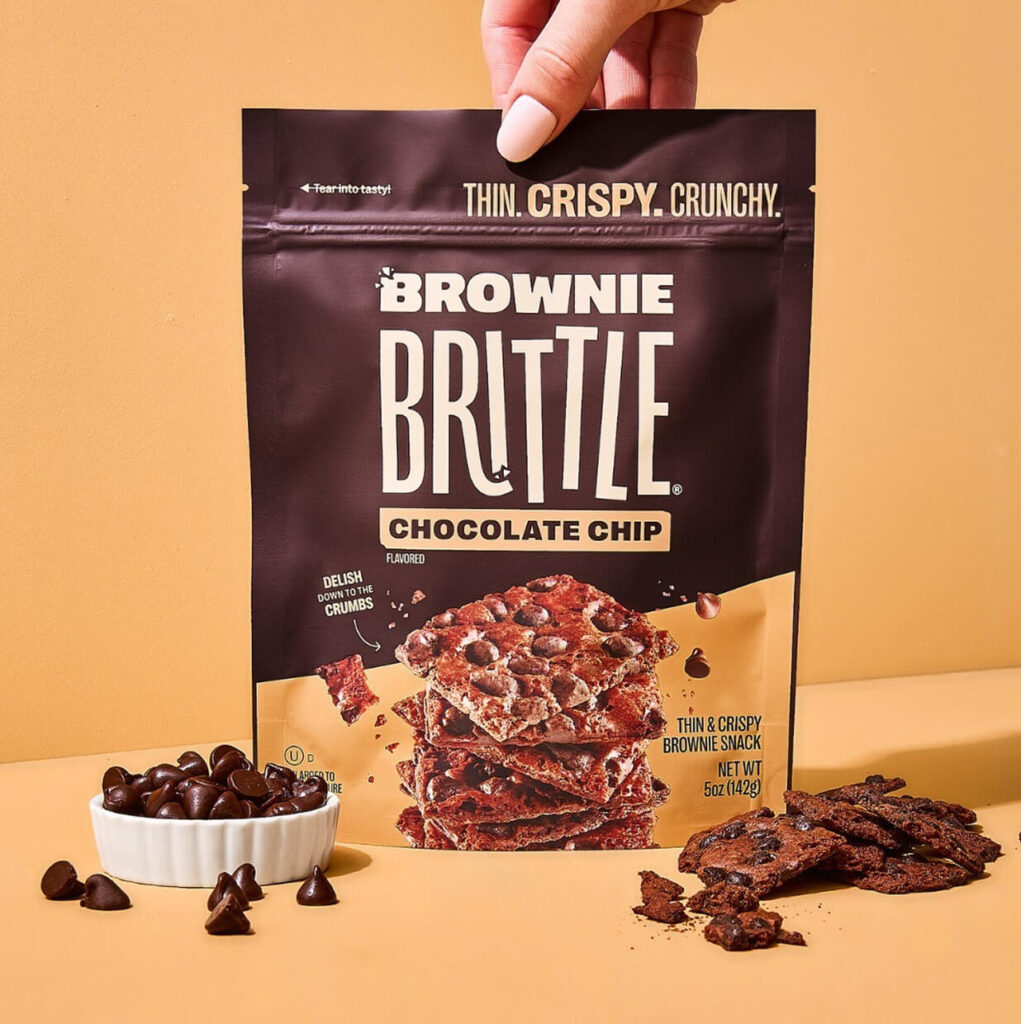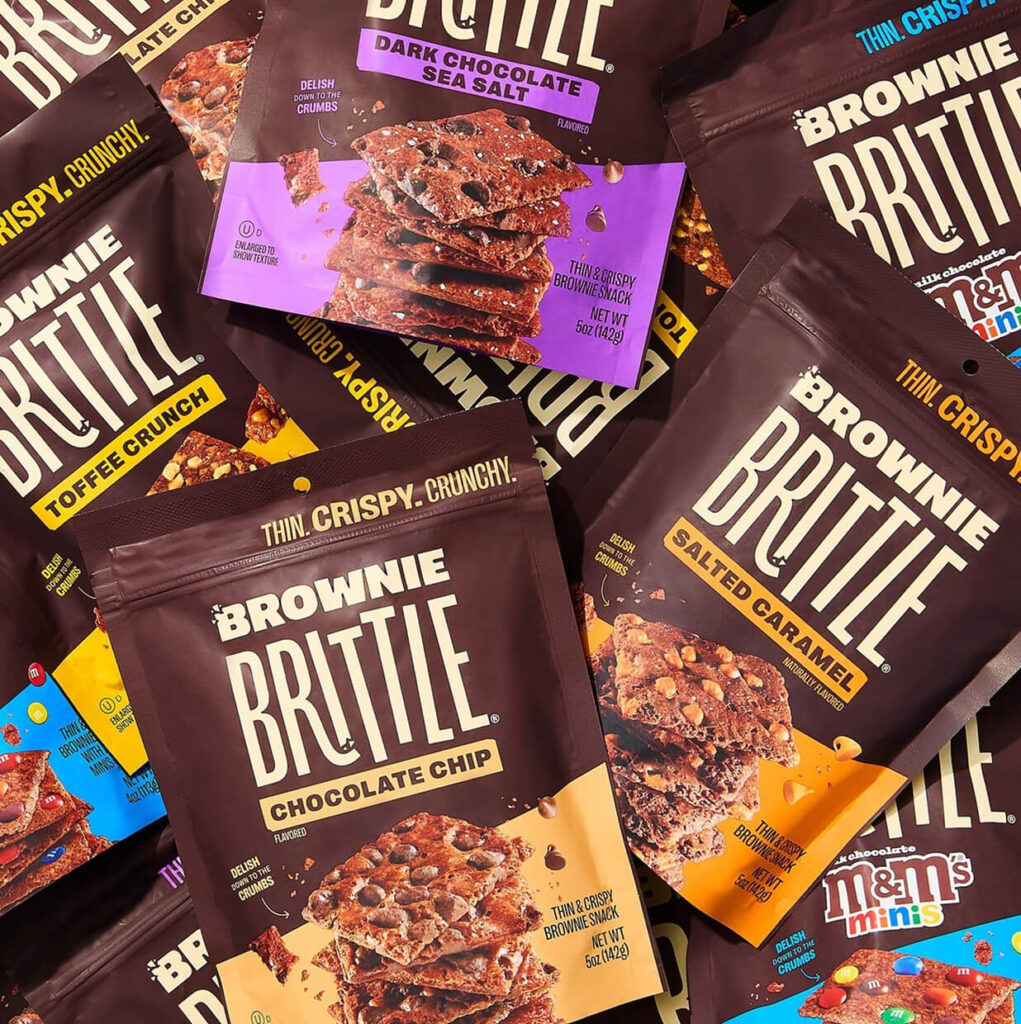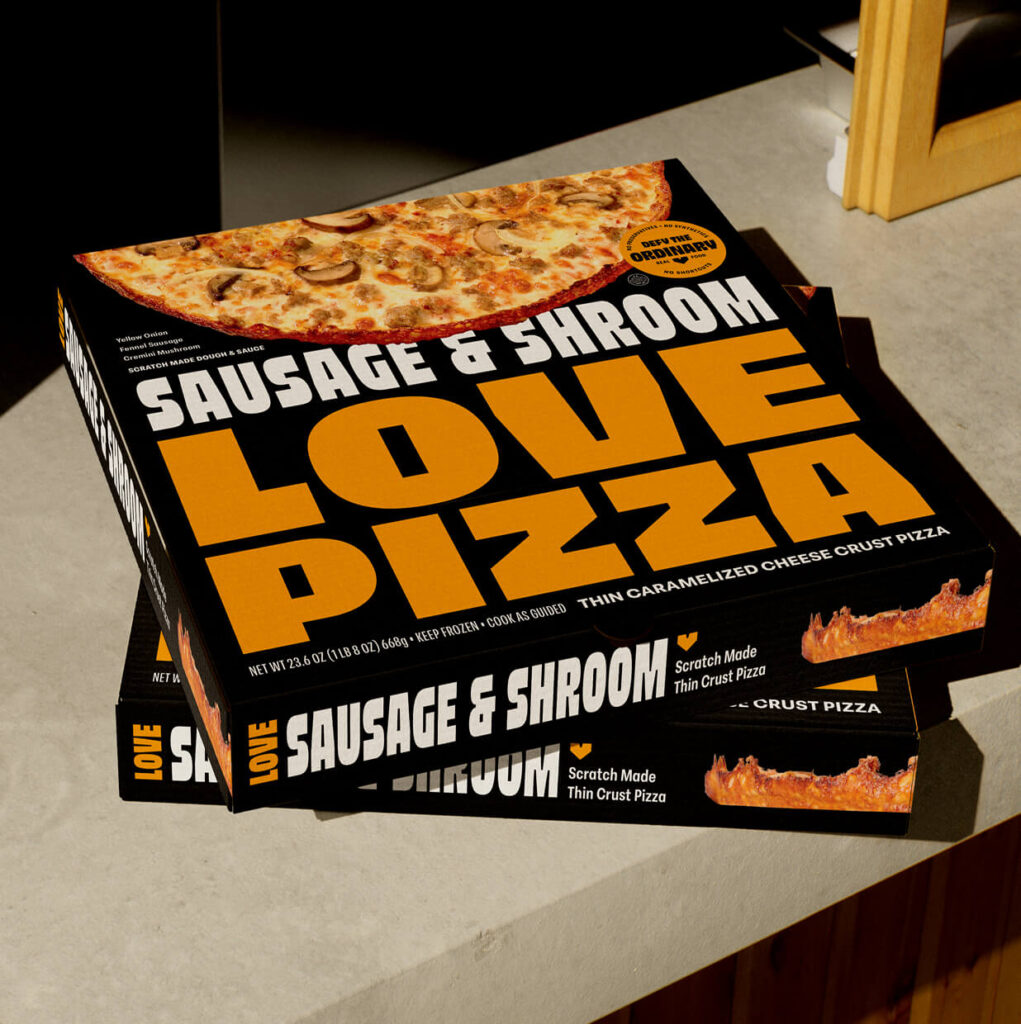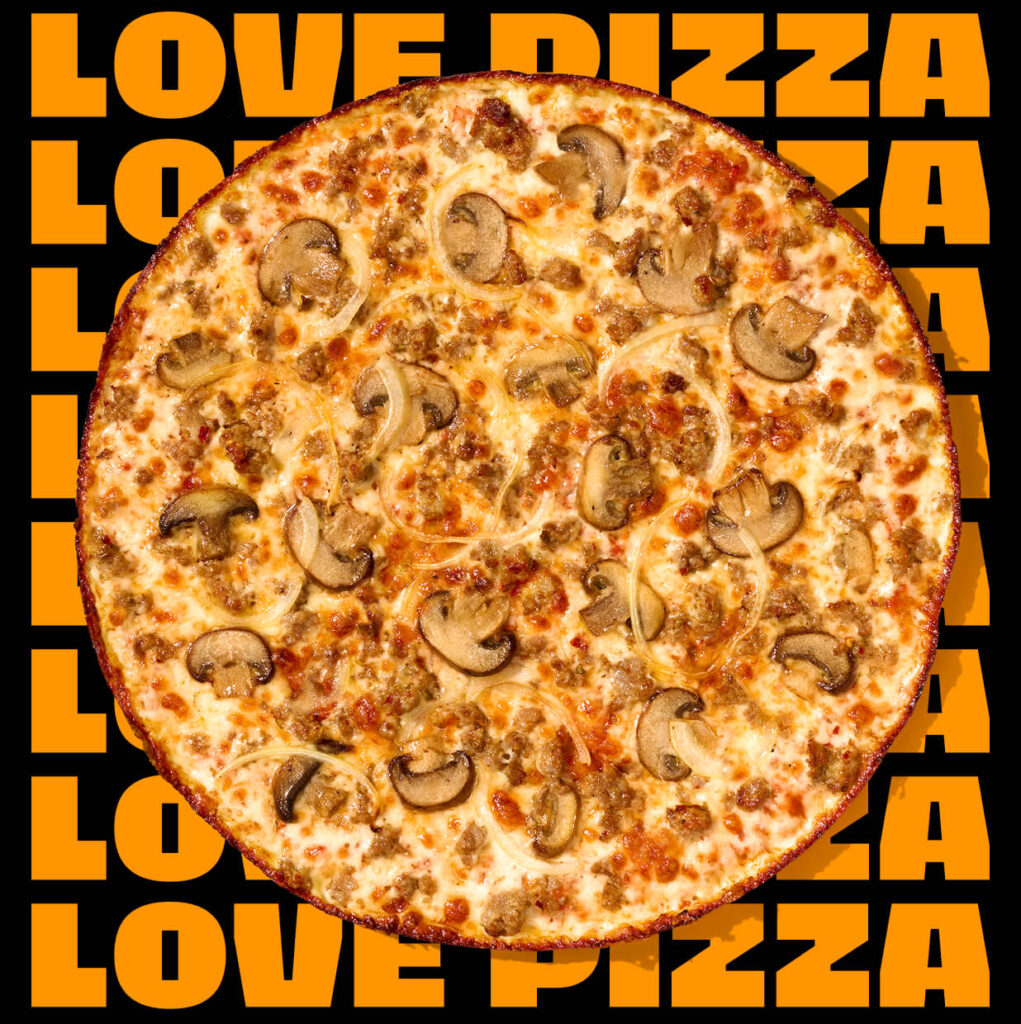Direct-to-consumer (DTC) strategies boast higher margins while enabling brands to own their story and customer data; allowing them to small-batch test new products and increase customer reviews. As an emerging brand, it may be appealing to cut retail expenses completely and shift funds to a direct-to-consumer approach.
But is a direct to consumer strategy right for your brand?
If the shiny new DTC moment has you considering your options, take a few things into account before revamping your retail strategy.
Think about three top-of-mind DTC brands across any vertical. Jot down a few things that you like about those brands. (We’ve got ours!)
Successful DTC brands have a strong brand identity and an impactful marketing strategy that creates one-of-a-kind, end-to-end experiences for the consumer. These brands also own every touchpoint with the consumer – digital marketing, the checkout experience, distribution, and reengagement.
Simply put… DTC is still expensive
With control comes cost in resources like time as well as money. An effective DTC strategy requires attracting consumers at the right time. Communication gets increasingly cumbersome as you have to cut through the noise, determine the appropriate channels, and rely on visual appeal to replace the senses involved in experiencing the product in real life.
This constant cycle of find, attract and convert can leave little room in your budget for customer retention, product innovation and other optimization.
Additionally, incorporating DTC into your existing strategy may require some updates to your business model. Here are some additional costs to consider:
- Fulfillment and Logistics: How are you getting your product to the consumer?
- Operational: Are you using third-party DTC platforms like Amazon or Chewy, or curated subscriptions such as FabFitFun, Snack Crate, or SmartBox?
- Manufacturing: Do you need to update your products and/or packaging for Fulfilled by Amazon and/or other fulfillment-based guideline compliance?
Consumer habits are a vital piece to the story.
Are your consumers online shopping? While consumer trends show food and beverage is the largest growing e-commerce segment, consumers are still wary about purchasing certain categories online.
How consumers spend in your category should influence your retail strategy. With only 10-15% of shoppers buying groceries online, knowing who, where and how your consumers engage with CPG can influence how much, if any, of your strategy should be focused on DTC.
This means you may have to incorporate experiential marketing into your strategy. Experiential marketing comes in all forms — Willy Wonka and the Chocolate Factory is considered the longest running Nestle commercial. DTC brand, Glossier, created a pop-up shop series, leaning into local culture, history, and environment with market-specific design.
If you are asking “Okay, so how will I know..” (It’s just a feeling) but seriously…How will I know that a DTC-only focused approach is right for my product?
- You have a niche product line(s)
- Your product fits a subscription model
- Your product category is difficult to find
- Your product is a category disruptor
- Your product is consumed or used regularly
- You have a data-driven innovation cadence with regular new product offerings
Pricing Perception Problems
As small businesses, many emerging brands have a DTC retail strategy because their margins on wholesale sales to retailers aren’t high enough to be sustainable. Here are things to consider if in-store is a sour spot:
- Your ingredients, manufacturing and/or packaging costs are too high
- You’re not at the right price point
- Your branding doesn’t communicate your value
Consumers expect high quality products with high quality ingredients to cost more, so if you are showcasing your benefits in meaningful ways, then they are willing to pay. Getting consumers to understand that value can come down to flavor; no one spent $15 on a jar of peanut butter until Justin’s Nut Butters.
In the battle for shelf space, it is also important to know when to escape the category aisle for increased opportunity and when to innovate. A great example is Freshpet.
No one shops for pet food in the grocery store refrigerated section. Knowing this, Freshpet supplied retail partners with small branded refrigerators for their pet aisle. This gave them the opportunity to set themselves apart as a category disruptor, and owned real-estate to share their brand story.
Here’s what we think…Retail and DTC are Better Together
While every brand is different, a combined retail strategy lets you take advantage of the shopper mindset of the in-store retail experience while leveraging the benefits of direct-to-consumer data.
Consider traditional retail your soft sale: the consumer knows what they want, may even have a list, and could be fatigued by the same-old. Or the hungry shopper who is ready to buy everything within reach (we’ve all been there). With a well designed, creative product front panel and a clear brand narrative, your brand is an easy sell; and those premeditated purchases now include you.
If you are thinking: retailers prioritize their shelves with big private label brands, how will this help my company scale?
For your in-store retail strategy, it is best to start with local retail partners. Local grocers with public affinity support local community brands. Similar to Whole Foods in the pre-Amazon era, many other big name retailers are looking to expand local efforts as part of their strategies and growing consumer interest.
Success in a small set, even your local demographic, will also help you build relationships with retail buyers. This opens up conversations to expand your shelf space and location presence; positioning you to scale at retail.
Starting with direct-to-consumer partners, such as curated subscription boxes or Chewy, allows you to learn consumer habits before launching an owned direct-to-consumer strategy.
The Right Strategy for Your Brand
We’ve said it before – the right go to market strategy is dependent on your brand, your growth goals and your resources. Knowing your brand identity will help you determine your approach.
Capstone Your Brand before Determining your Retail Strategy
Think back to your written down examples: what was your first experience with those DTC brands? A concrete brand strategy that informs their marketing, retail and growth.
High brand recognition means your branding is impeccably strong, clear, and memorable to attract the attention of shoppers scrolling the most competitive arena for attention: the internet.
Your brand comes first. Your retail strategy should be robust and category specific, supporting your brand strategy, and giving opportunities for customer feedback. And your marketing should support both.
A capstone is that guiding principle to inform your direction and strategy. This approach is proven to help businesses like you scale, while maintaining the integrity of your product and ensuring your strategy is relevant to you and your consumers.

